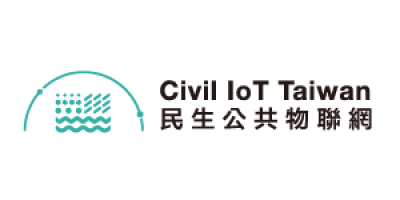
Civil IoT Taiwan
Civil IoT Taiwan is part of the government’s Forward-looking Infrastructure Development Program under the Digital Infrastructure category. With the collective effort of the National Science and Technology Council (NSTC), Ministry of Transportation and Communications (MOTC), Ministry of Economic Affairs (MOEA), Ministry of the Interior (MOI), Environmental Protection Administration (EPA), Academia Sinica, and Council of Agriculture (COA), Ministry of Digital Affairs, the project aims to address the core needs of the public by prioritizing four key mission areas, namely air quality, earthquake, water resources, and disaster prevention and response. By leveraging AI and IoT technologies, the project strives to deliver well-rounded, smart living services to facilitate the government and the people in responding to the challenges in an ever-changing environment.
Disaster Prevention & Rescue Upgrade: Public-Private Collaboration for The Sustainable Disaster Management
Solution Description
By applying multiple disaster data on CIoT, including disaster warning and notification, rainfall, earthquake, regional drainage data, etc., collected from various public sectors, alongside with the on-site environment monitoring data, the data is verified and utilized by ThinkTron to develop the comprehensive All-Hazard Emergency Data Platform for the emergency response centers of some municipal fire departments in Taiwan.
This not just enables the digital transformation but also boosts the digital governance. In addition, this GIS+IoT+AI integrated application is extended to smart industrial park management, helping corporate clients on achieving ESG goals accordingly by sustainable operation.
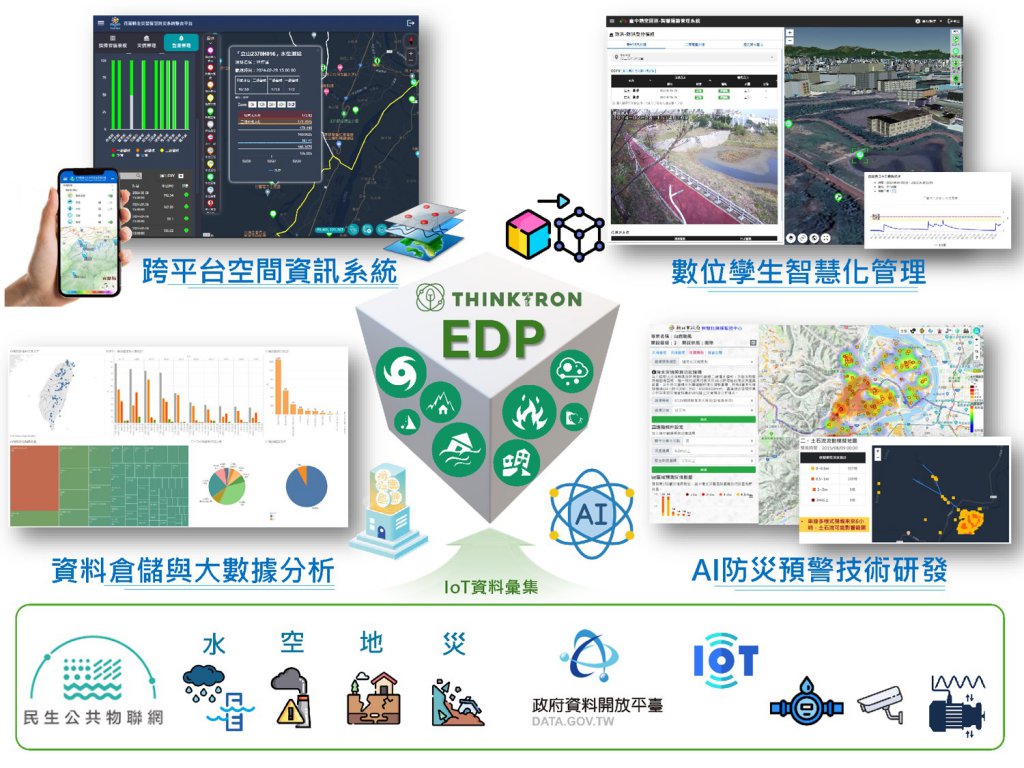
Download
Solutions
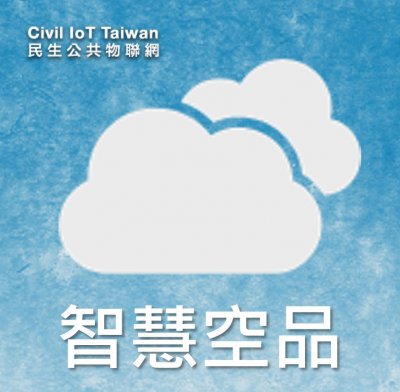

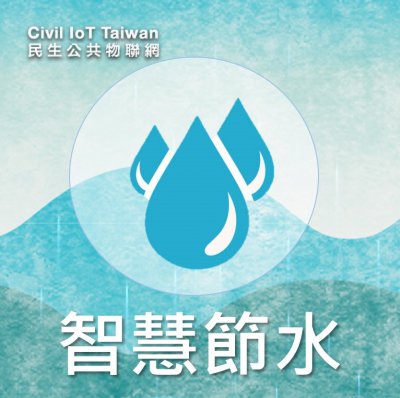

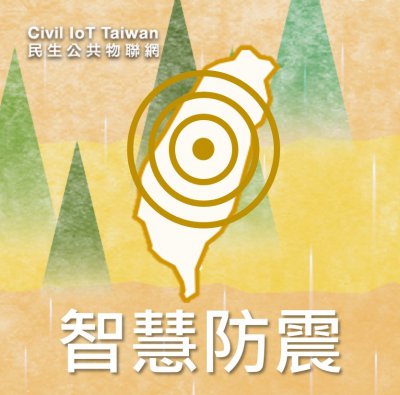

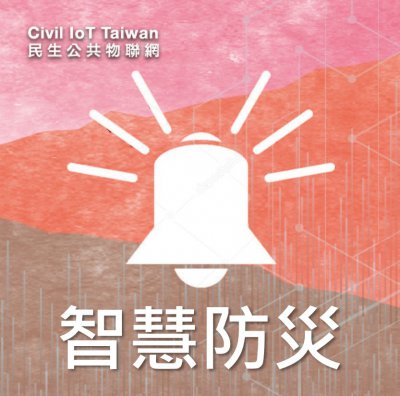

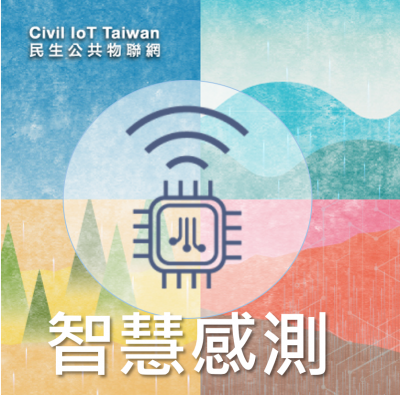

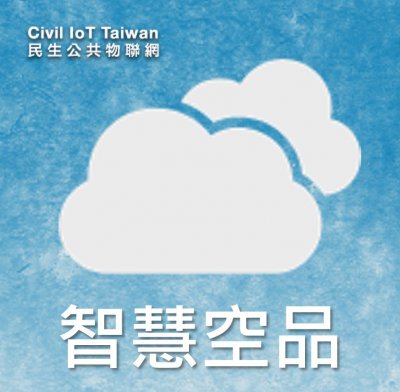

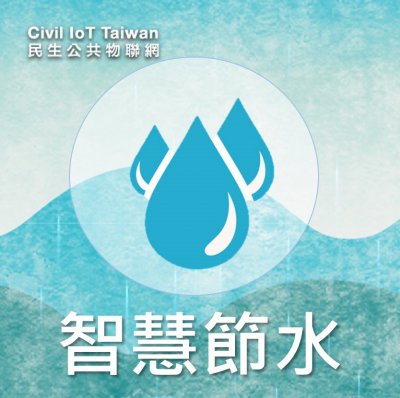

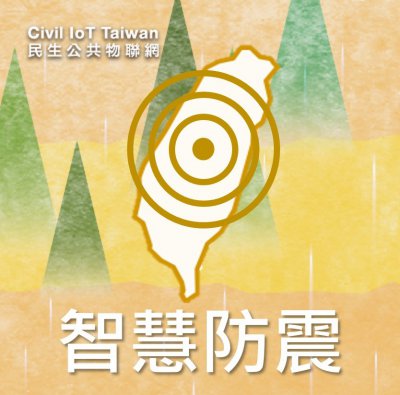

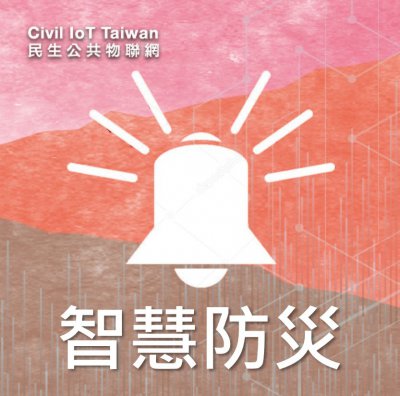

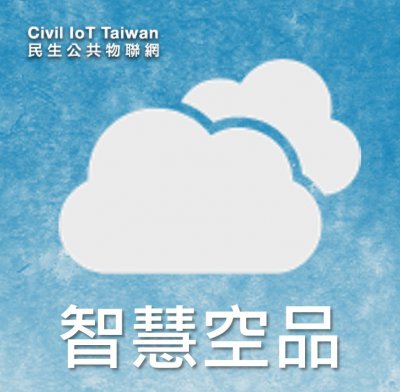

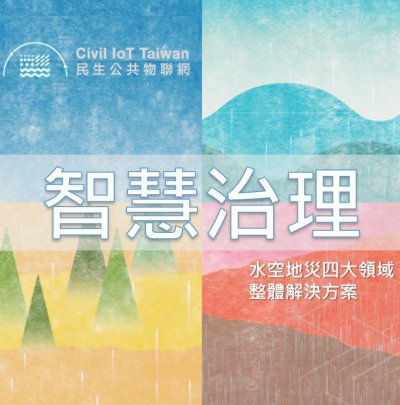

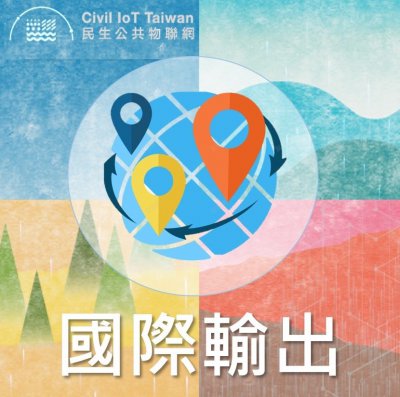

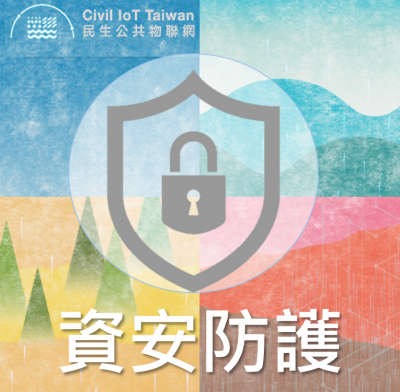

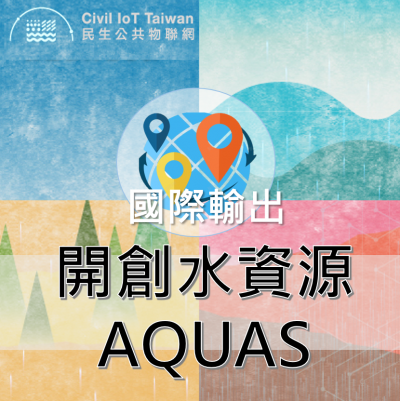

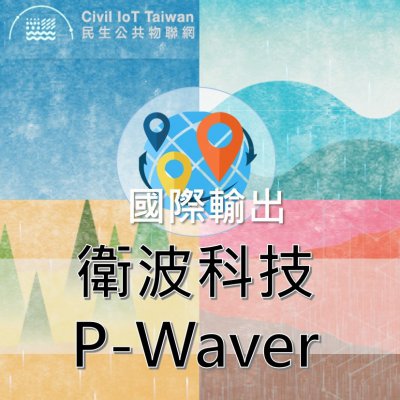

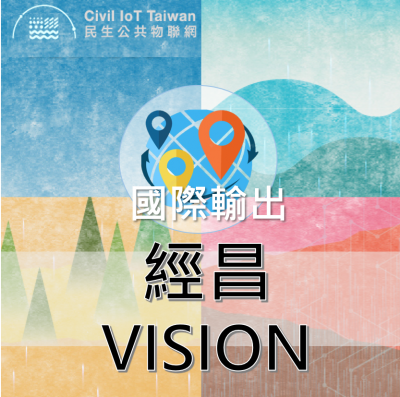

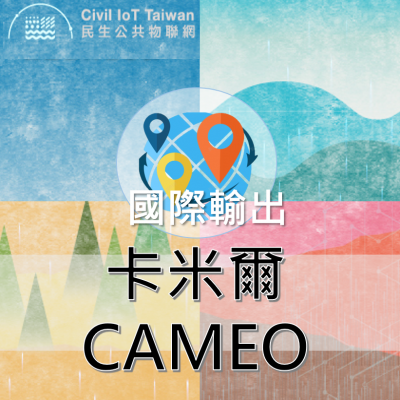


 、Firefox
、Firefox  、Edge
、Edge  瀏覽器!
瀏覽器!